Welcome to Home Heating Oil 101 where we’ll give you the run down on heating oil. Home heating oil is one of the most efficient fuels for heating your home. It creates more BTUs per gallon than propane, and is super easy to have delivered. There are hundreds of heating oil providers in the Northeast, so the price per gallon tends to be kept very competitive.
If you are new to heating oil, there are a few things to know. In this post, we’ll break down the best and most cost-effective ways to manage your heating oil supply so you never run out!
Where is Heating Oil Stored?
Heating oil is stored in a tank (or tanks) at your property. The tank can be indoors or outdoors, and underground or above-ground. Underground tanks are less common these days, as it is very difficult to detect a leak in an underground tank. A leak could become a very expensive environmental hazard if not found.
The best way to store heating oil is in an above-ground tank, stored inside. An indoor tank is not subject to rain, snow, sleet, and direct sunlight. As a result, it will last much longer and be much less prone to leaks.
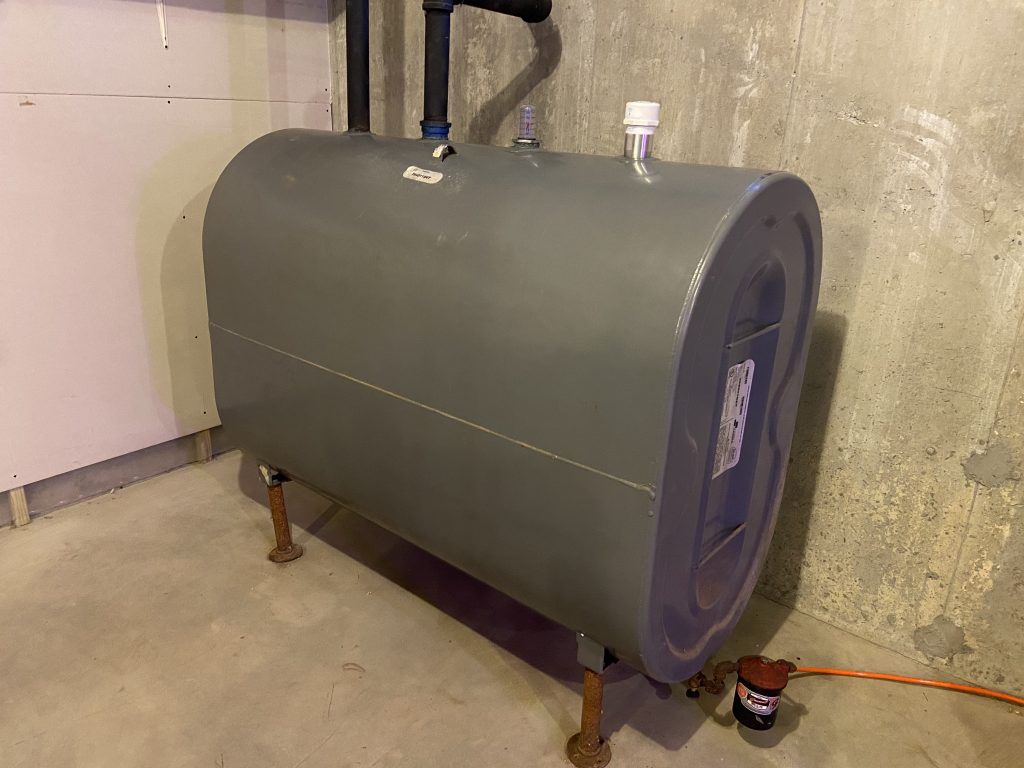
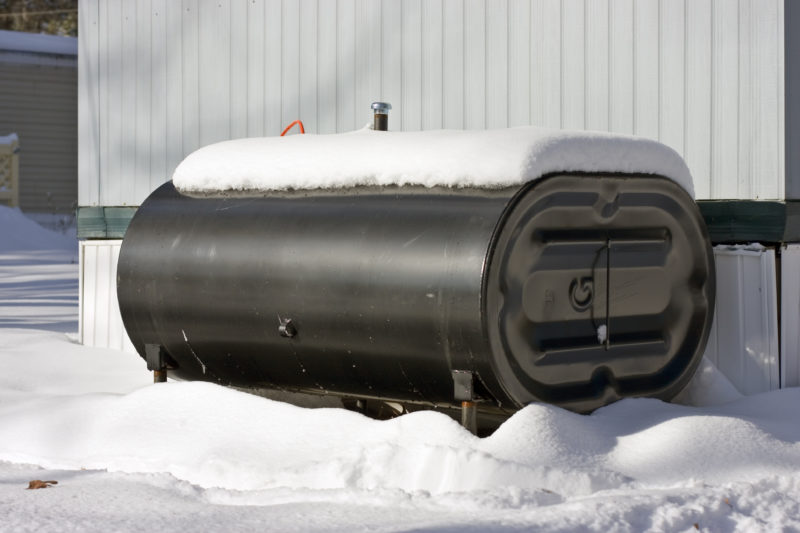
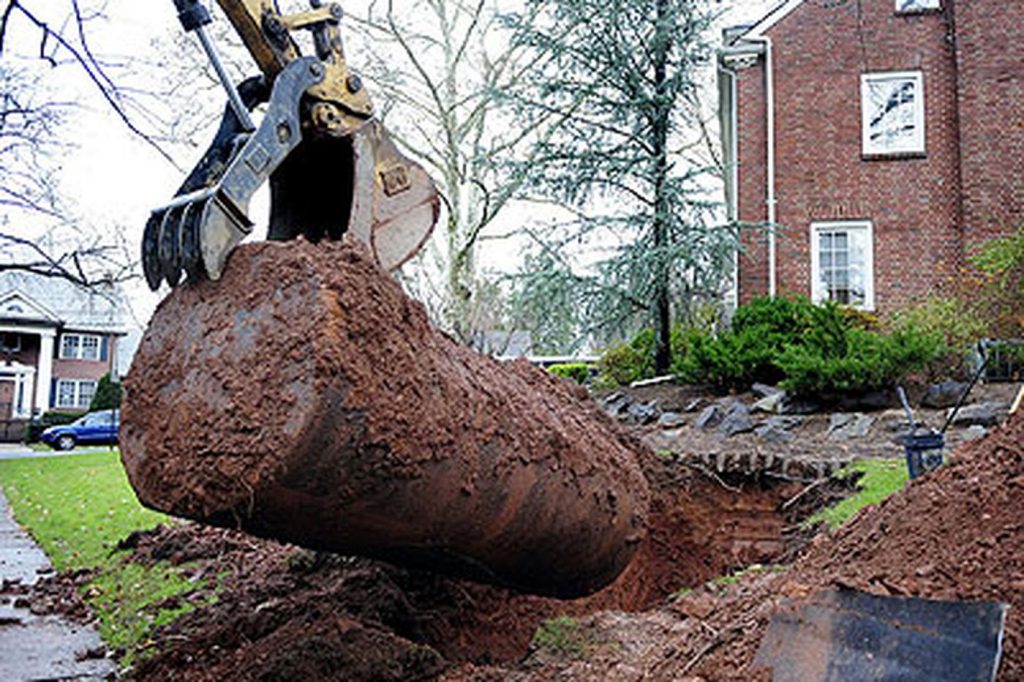
How is Heating Oil Delivered?
Heating oil is delivered by truck to your home. Unlike natural gas, there are no underground pipelines delivering oil directly to homes. As a result, the truck must come to your house, hook up to a fill pipe, and pump fuel into your tank.
When the truck arrives, the driver will first locate your fill pipe. The fill pipe will be sticking out of the ground or out of the side of your house for an indoor tank. For an above ground outdoor tank, the fill pipe will be sticking out of the top of the tank.
Once he is hooked up to the fill pipe, he will begin pumping. While pumping, he will listen for a whistle coming from the vent pipe (next to the fill pipe). The whistle is at the base of the vent pipe and makes a sound as the air is escaping from the tank. Check out this article here on how the delivery works start to finish.
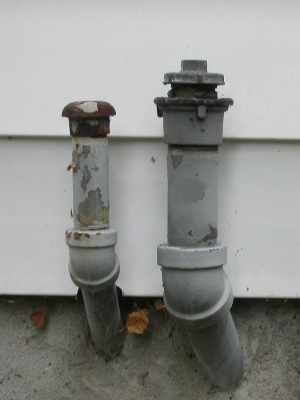
Ordering Home Heating Oil
Heating Oil 101 would not be complete if we didn’t teach you the two types of delivery service. There are two ways to ensure a consistent heating oil supply:
- Automatic Delivery: This is where you “lock-in” with one particular oil provider for the season. They estimate your usage based on outside temperature and historical usage, and come to delivery on their own schedule. Automatic delivery is considered a premium value so expect to pay significantly more for your heating oil if you sign up for automatic delivery.
- Will Call / On-Demand: By far the most cost-effective means of ordering heating oil. With this approach, you check your tank periodically, then order heating oil online and schedule a delivery. You can order oil on your own terms, pay be credit card, and avoid surprise deliveries.
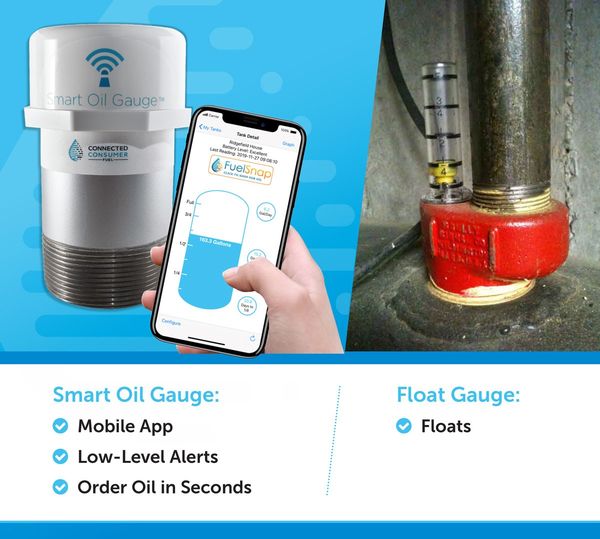
What if I Run Out of Heating Oil?
If you run out of heating oil, do not panic. There are 4 steps to follow if you run out of heating oil:
- Check to see that you are actually out of home heating oil.
- Order oil! Go online and order heating oil right away. Call the dealer to confirm receipt of your order.
- Add 5 or 10 gallons of diesel fuel to your tank.
- Restart your fuel oil burner by hitting the reset button.
Do I Have To Be Home For a Heating Oil Delivery?
Some heating oil providers will require a one-time tank inspection. This is for their protection and yours. If your oil tank is not sturdy enough for a delivery, you could end up with a major leak inside your house. And in case you’ve never smelled it…oil smells terrible! Other companies may only require that you send them pictures of your tank prior to the first delivery.
It is also good practice to inspect your own tank regularly. Follow this guide to inspect your own tank at least once a year.
Once you’ve had your first delivery with one particular oil company, you’ll often not need another tank inspection for a few years. Just always remember to “reorder at a quarter” so you never run out of heating oil. And check heating oil prices and order online anytime through FuelSnap. Hope you enjoyed Heating Oil 101 – you are now ready for winter!
Happy heating,
Steve



